Instead they plunge headlong into transmogrifying their raw data into Settled Science.
This is regrettable because a simple reality check can provide some valuable insights.
Take, for example, this [potentially] fascinating paper on Sea Surface Temperatures based upon planktonic foraminiferal in cores extracted from the Norwegian continental margin.
By combined use of 210Pb dates, identification of Icelandic tephras of known age, and wiggle matching of 14C radiocarbon dates, exceptional accurate chronologies have been established for two cores (P1003MC and SC) raised from the same location on the Norwegian continental margin and that span the last 8 ka.One of the more startling claims made by this paper is that "exceptional accurate chronologies" have been established for the last 8,000 years by using an "Age Model".
They are located directly under the core of the eastern branch of Atlantic water entering the Nordic Seas.
Comparing oxygen isotope measurements on the planktonic foraminiferal species Neogloboquadrina pachyderma (dex) with nearby instrumental time series, suggest that this parameter at this site primarily reflects summer temperature conditions of near surface (c. 50 m) waters.
We argue that this proxy, to some degree, reflects North Atlantic sea surface temperature variability through the Holocene.
A Holocene North Atlantic SST Record and Regional Climate Variability
H.P.Sejrup, Haflidi Haflidason and John T. Andrews
Quaternary Science Reviews - Volume 30, Issues 21-22, October 2011
Foraminifera are members of a phylum or class of amoeboid protists characterized by: streaming granular ectoplasm for catching food and other uses; and commonly an external shell (called a "test") of diverse forms and materials.
...
Dying planktonic Foraminifera continuously rain down on the sea floor in vast numbers, their mineralized tests preserved as fossils in the accumulating sediment.
...
Because of their diversity, abundance, and complex morphology, fossil foraminiferal assemblages are useful for biostratigraphy, and can accurately give relative dates to sedimentary rocks, as was discovered by Alva C. Ellisor in 1920.
...
Thus, they are very useful in paleoclimatology and paleoceanography.
They can be used, as a climate proxy, to reconstruct past climate by examining the stable isotope ratios and trace element content of the shells (tests).
https://en.wikipedia.org/wiki/Foraminifera
By combined use of 210Pb dates, identification of Icelandic tephras of known age, and wiggle matching of 14C radiocarbon dates, exceptional accurate chronologies have been established for two cores (P1003MC and SC) raised from the same location on the Norwegian continental margin and that span the last 8 ka.Thankfully, the authors have provided the Uncalibrated Carbon-14 data so that a basic reality check can be performed.
A Holocene North Atlantic SST Record and Regional Climate Variability
H.P.Sejrup, Haflidi Haflidason and John T. Andrews
Quaternary Science Reviews - Volume 30, Issues 21-22, October 2011
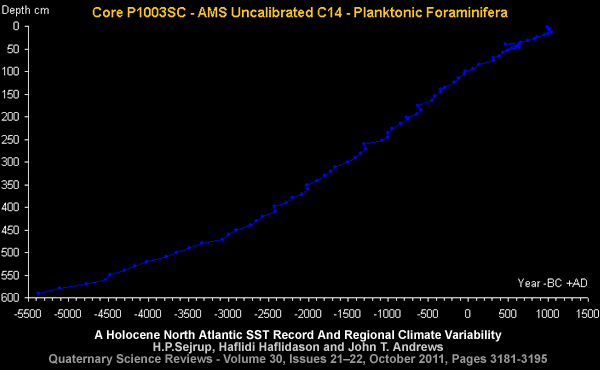
A Gradualist might conclude the radiocarbon dates require calibration.
A Catastrophist might conclude the stratigraphy has been disturbed on numerous occasions.
But both should agree a significant regime change occurred around 3,000 BC [uncalibrated].
Focusing upon the 1st millennium AD reveals:
1) The Arabian Horizon is clearly identifiable between 550AD and 660AD.
2) The Heinsohn Horizon is clearly identifiable at 985AD ± 55 years.
3) Deposition appears to have stopped at the Heinsohn Horizon [985AD ± 55 years].
4) The Carbon-14 regime [temporarily] changed at the Arabian Horizon.
5) Arguably, the Heinsohn Horizon represented a sudden step change reversion to the Carbon-14 regime that existed before the Arabian Horizon.
See: Close Encounters of the Cometary Kind
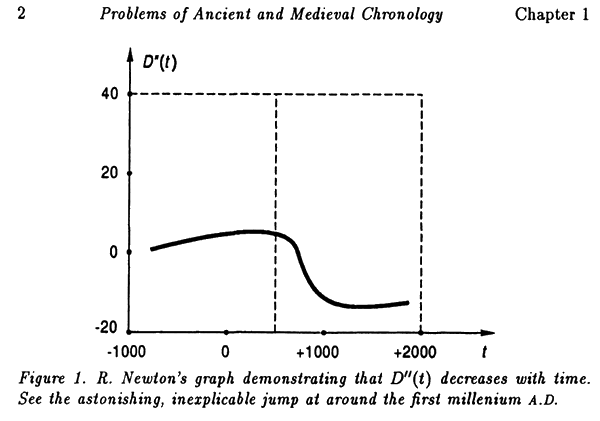
The reader is left to decide whether this Age Model produces "exceptional accurate chronologies".
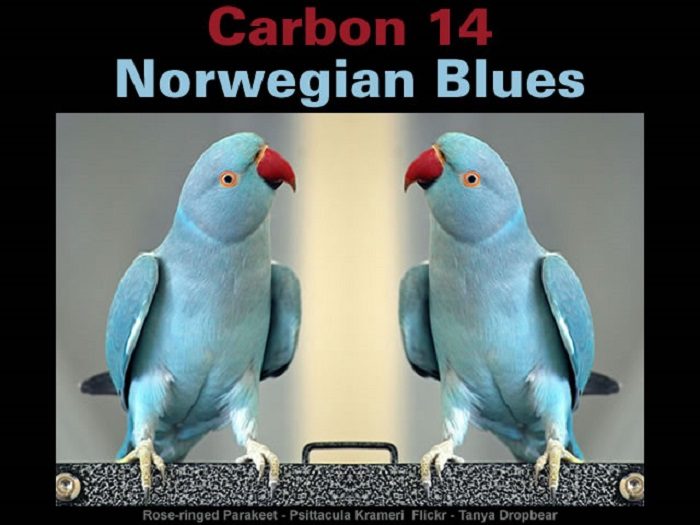
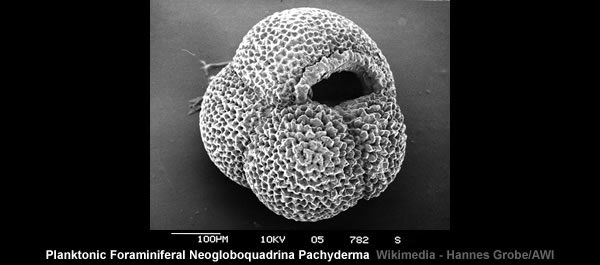
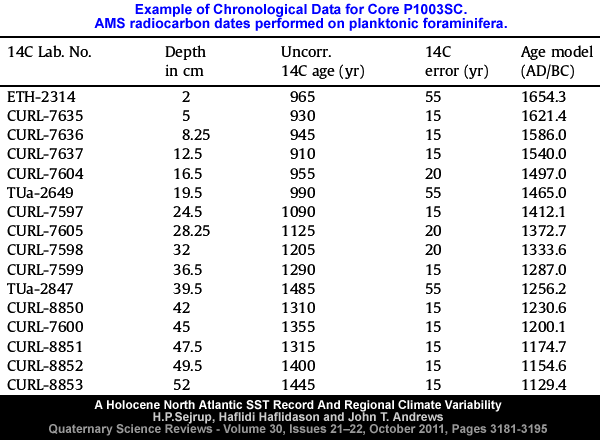
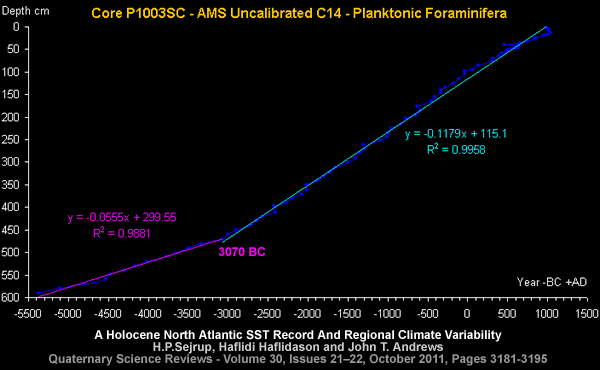
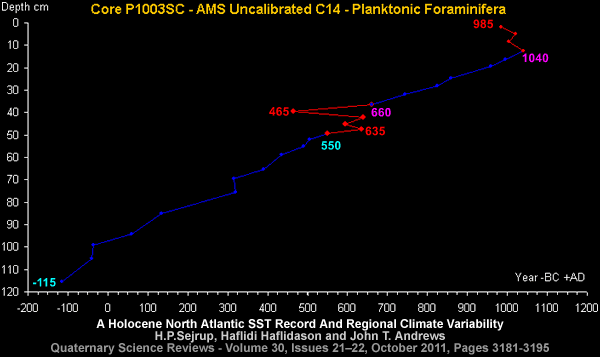
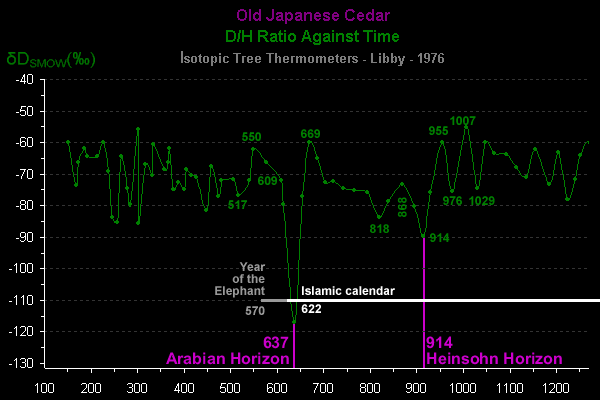





Reader Comments
to our Newsletter